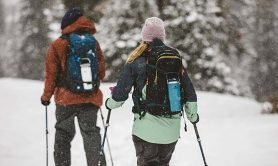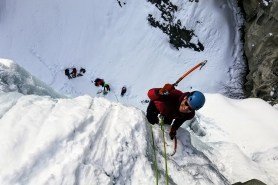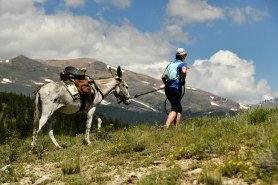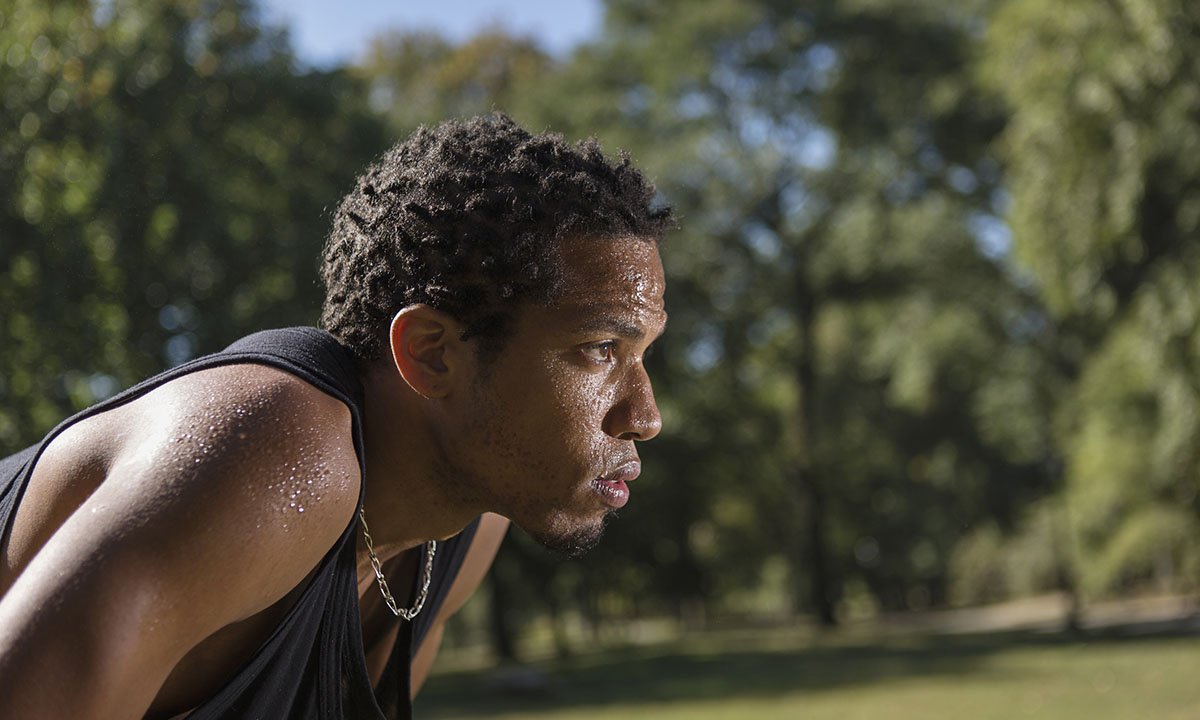

We’re all about getting outdoors and having fun—maybe even pushing yourself to your limits, at times. Depending on where you are and what you’re doing, though, heat-related illness can really sneak up on you or your loved ones, if you’re not careful. Here’s what you need to know.
Rule No. 1: Know Your Climate

Knowing what to expect in terms of climate and weather is the first step in ensuring your safety when you’re out in the wild. When you’re in a humid climate, you can feel yourself sweating, and it’ll be easier to remember that the more water goes out, the more you need to put back in your body. When you’re out in a dry heat, though, your sweat evaporates faster, and you may not notice how much fluid your body has lost. When you’re in an area like this, it’s imperative that you drink plenty of water.
Rule No. 2: Know the Difference Between Dehydration, Heat Stroke, and Heat Exhaustion

The main heat-related illnesses you need to look out for are dehydration, heat stroke, and heat exhaustion. Here is a basic description of each one.
Dehydration – Dehydration occurs when your body is losing more water than it’s taking in. When you’re dehydrated, your body cannot properly function, and it upsets the minerals in your body.
Heat Stroke – Heat stroke is the most severe heat-related illness. Heat stroke occurs when the body can no longer control its temperature. It will rise rapidly and can reach 106 degrees Fahrenheit in 10-15 minutes.
Heat Exhaustion – Heat exhaustion happens when your body overheats and is characterized by heavy sweating and a rapid pulse. Heat exhaustion is common in humid areas when you are taking part in strenuous activities.
Rule No. 3: Know the Signs
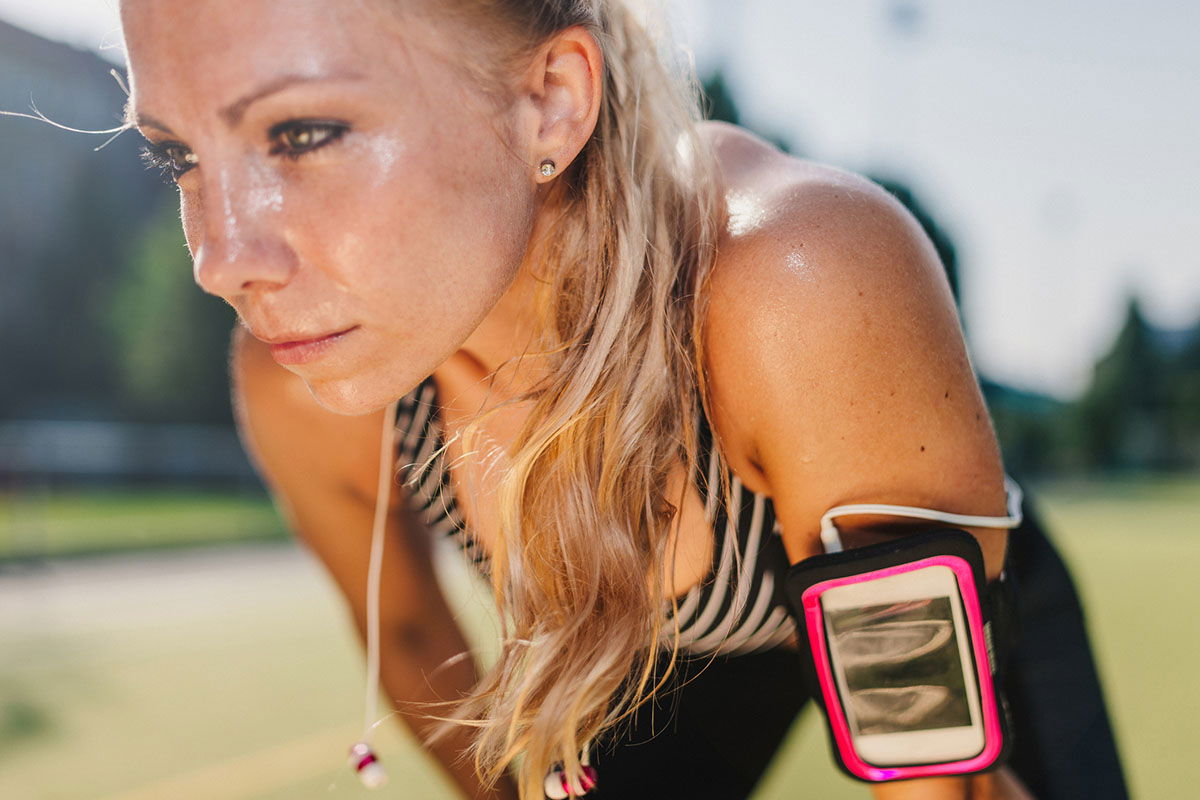
All of these illnesses can be scary. Here are the different symptoms to look out for.
Symptoms of dehydration include –
- Feeling thirsty and lightheaded
- Dry mouth
- Tiredness
- Dark-colored, strong-smelling urine
- Urinating less frequently
Symptoms of heat stroke include –
- Confusion, slurred speech
- Loss of consciousness
- Hot, dry skin OR profuse sweating
- Seizures
- Very high body temperature
- Death, if treatment is delayed
Symptoms of heat exhaustion include –
- Cool, moist skin with goosebumps in the heat
- Heavy sweating
- Faintness
- Dizziness
- Fatigue
- Weak, rapid pulse
- Low blood pressure upon standing
- Muscle cramps
- Nausea
- Headache
Rule No. 4: Prevention
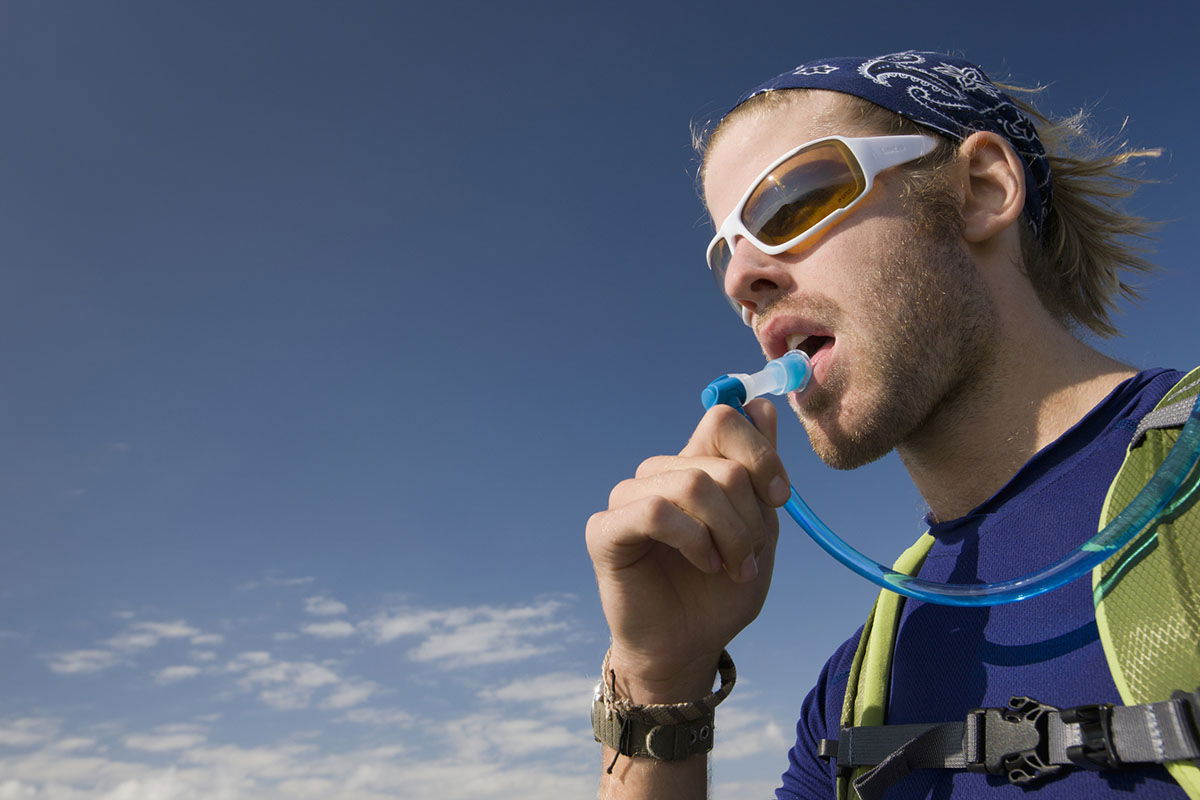
The best treatment for heat-related illnesses is prevention. Drinking plenty of water, as well as an electrolyte-replenishing beverage like Gatorade or Liquid IV is incredibly important to keeping yourself healthy out in the heat.
Make sure you have a cool place to go after you’ve been out in the sun. Take breaks in the shade or by relaxing in the air conditioning, if that’s available. You could also plan to take a dip in a stream, river, or lake after your hike or other outdoor adventure if you’re by one.
If there’s no body of water or air-conditioned building to use to cool off after a hot excursion, you could have a backup plan of getting in the car with AC blasting or even driving to a nearby town where businesses have air conditioning. You could also bring extra water to cool down with by pouring it over your body during or after an adventure.
You can also help prevent heat-related illnesses by dressing appropriately. If it’s hot, you might wear clothing with less coverage, lighter colors, and/or lightweight, moisture-wicking fabrics. If it’s cool when you head out but you know it’s going to get warmer, dress in layers that can easily be removed and put somewhere else, like in your pack. Always make sure you have extra sunblock for when you remove articles of clothing.
Rule No. 5: What to Do If It Happens . . .
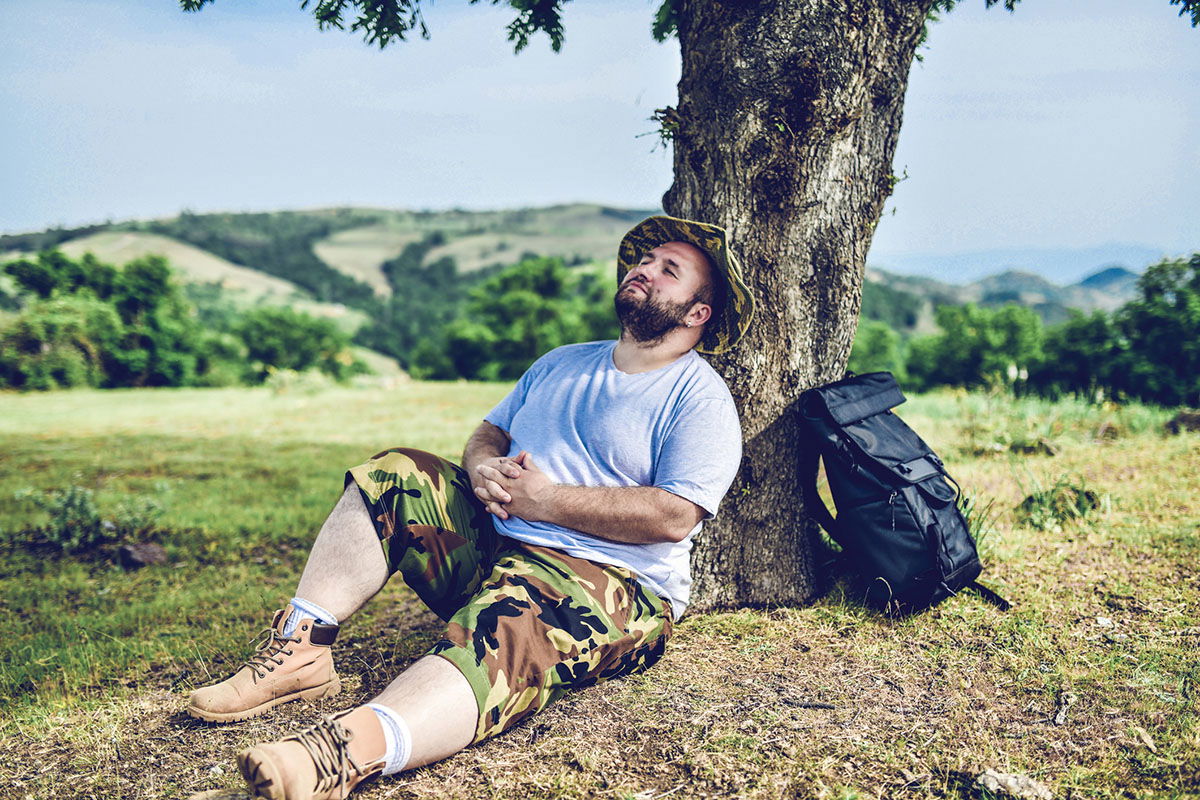
Even with all the preparation in the world, heat-related illnesses happen. Here’s what to do–and what not to do.
When someone is dehydrated, you need to make sure they replenish their fluids. Make sure they get water and electrolytes into their system as soon as possible. Let them rest for a little bit. If you can, get them something sweet like fruit to eat, as well as something salty like pretzels to get their body back to normal.
If you are with someone who is experiencing signs of heat stroke, call 911 immediately. Move the person experiencing the symptoms to a cooler, shadier place and help lower their body temperature with cool cloths. Do not give them anything to drink. Someone who is experiencing heat stroke needs their fluids replenished through an IV.
If someone gets heat exhaustion –
If someone you are with begins experiencing symptoms of heat exhaustion, move them to a cooler, shadier place and loosen their clothes. If you can, try to cool down their body with a cool cloth. If someone has heat exhaustion, they can drink small sips of water.
Seek medical attention right away if they start throwing up, symptoms get worse, or symptoms last for more than an hour.


